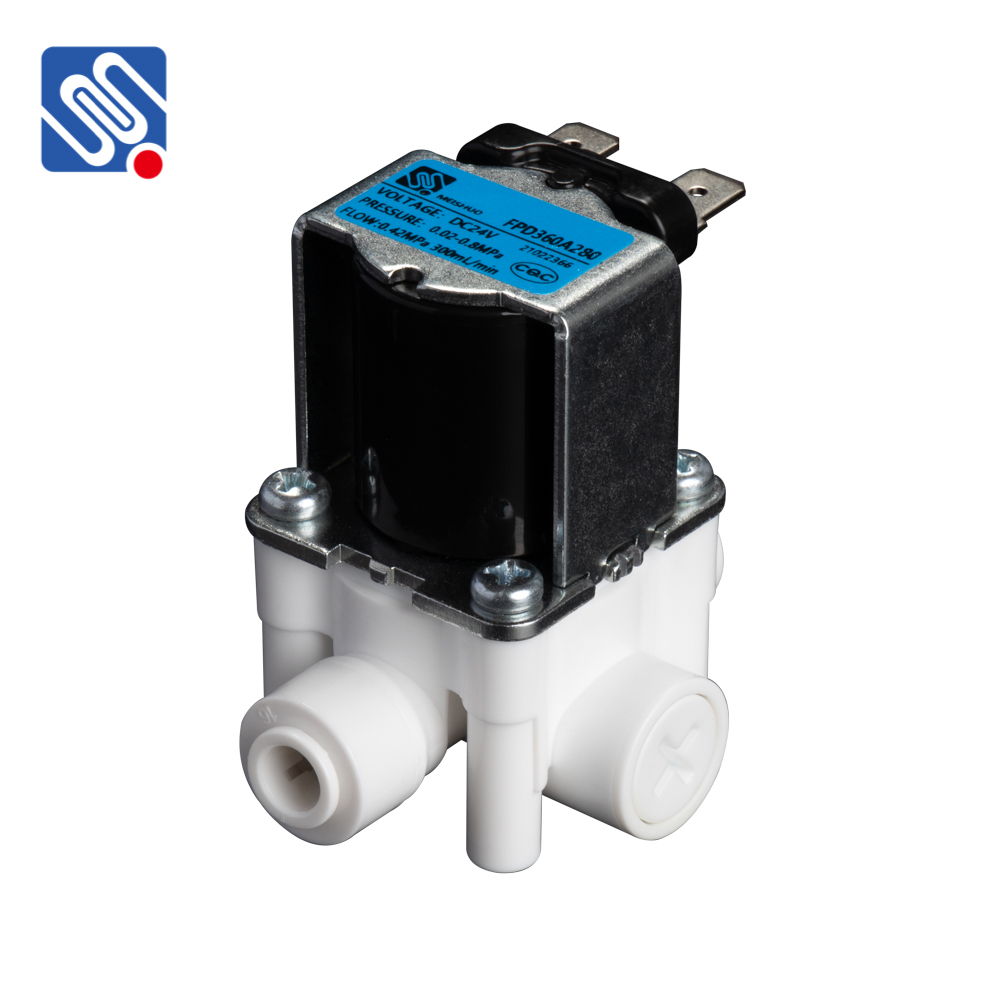DC solenoid valves play a crucial role in the automation and control of fluid systems, utilizing the power of electromagnetism to regulate the flow of gases, liquids, and other fluids. These valves are designed to operate with a direct current (DC) power source, which makes them an energy-efficient and reliable option for numerous industrial and commercial applications. This article delves into the working principles, features, applications, and advantages of DC solenoid valves, shedding light on their importance in modern fluid control systems.

Working Principle of a DC Solenoid Valve A DC solenoid valve consists of several key components: a solenoid coil, a valve body, a plunger, and a spring. When a direct current passes through the solenoid coil, it generates a magnetic field that attracts or repels a plunger (the movable part of the valve). The plunger is connected to the valve mechanism, which controls the opening and closing of the valve. The operation of the valve is straightforward: when the solenoid coil is energized, the magnetic field causes the plunger to move, either opening or closing the fluid flow path. The spring ensures that the valve returns to its default position when the solenoid is de-energized.
Leave a Reply